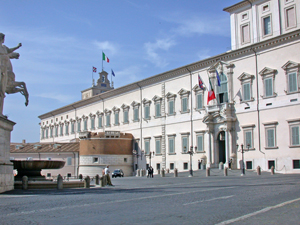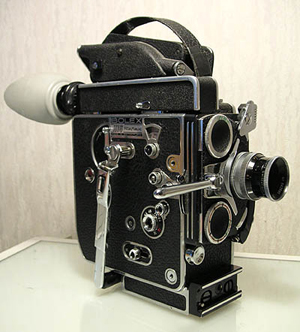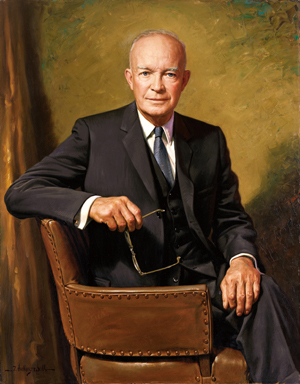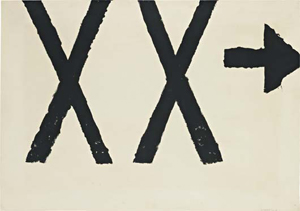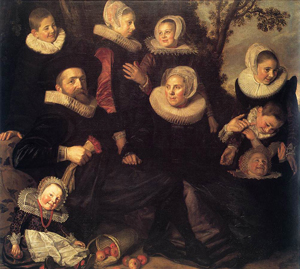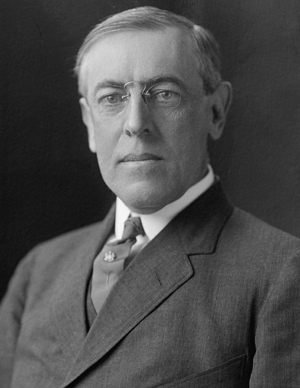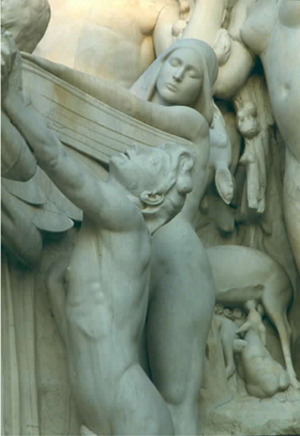
AMSTERDAM (AP) – Two American authors believe Vincent van Gogh was fatally shot by two teenagers and did not die from self-inflicted wounds, but the new theory won a skeptical reception Monday from experts at the museum dedicated to the 19th century Dutch master.
A book by Pulitzer prize-winning authors Steven Naifeh and Gregory White Smith, Van Gogh, The Life, concludes that Van Gogh, who suffered chronic depression, claimed on his deathbed to have shot himself to protect the boys.
“Covering up his own murder,” said Naifeh in an interview broadcast Sunday on the CBS’s 60 Minutes.
Leo Jansen, curator of the Van Gogh Museum and editor of the artist’s letters, said the biography is a “great book,” but experts have doubts about the authors’ theory of his death in 1890.
“We cannot yet agree with their conclusions because we do not think there is enough evidence yet,” Jansen told The Associated Press.
At the same time, there has never been any independent evidence to support Van Gogh’s dying confession that he had shot himself.
“There’s no proof. We just know what he said, and that’s what people always went by,” Jansen said.
Severely wounded in the chest, Van Gogh dragged himself to the rooming house in Auvers-sur-Oise, France, where he was staying. He died about 30 hours later after telling his brother Theo, several doctors and the police that he had shot himself while painting in a wheat field. The gun was never found.
Naifeh and Smith revived unanswered questions that have clouded Van Gogh’s own story: How did the painter, who had a widely known history of mental illness, obtain a revolver, and what happened to it? Why would he shoot himself at such an odd angle and not put the muzzle next to his heart? How did he manage with his wound to make the difficult journey more than one mile through the fields back to town? And what happened to his painting gear?
The authors say an art historian who visited Auvers in the 1930s heard rumors from citizens who were alive in 1890 that Van Gogh had been shot accidentally by two boys.
They also discovered a “guilt-ridden” 1956 interview by a wealthy French businessman, Rene Secretan, who said he and his brother had known Van Gogh that summer and had tormented him mercilessly. Secretan, inspired by a Wild West show that was popular in France, borrowed a gun from the owner of the inn where Van Gogh was staying, but he claimed the artist stole it from him.
Secretan recalled in the interview that they taunted Van Gogh, a lonely man who craved company, by putting salt in his coffee and getting their girl friends to tease him with fake seductions. But the authors say Secretan was never asked if he had been involved in the shooting, and he died the following year.
Naifeh said the evidence indicates that the shooting “involved these two boys. And that it was either an accident or a deliberate act. Was it playing cowboy in some way that went awry? Was it teasing with the gun with Vincent lunging out? It’s hard to know what went on at that moment.”
They theorize that Van Gogh was wounded in a farmyard closer to the inn, and that the boys fled with the gun and took the artist’s materials when they fled. Van Gogh, suffering from bouts of temporal lobe epilepsy, “decided to basically protect them and accept this as the way to die. These kids had basically done him the favor of, of shooting him,” said Naifeh.
Jansen said the authors’ theory still had problems, including the unlikely idea that Van Gogh would lie about his attempted suicide. Although he acknowledged in his letters that he was tired of living, he considered suicide immoral and indecent. It was also a criminal offense, and survivors could be imprisoned.
“There’s plenty of reason to look at the unclear circumstances again. It’s just that their conclusion, in our opinion, is not yet sufficiently proven,” Jansen said.
Van Gogh was 37 when he died. He had been painting for only 10 years, but had produced nearly 1,000 paintings and 1,100 drawings. None were sold in his lifetime, but they now command multimillion-dollar prices on the rare occasions they come up for auction.
Copyright 2011 Associated Press. All rights reserved. This material may not be published, broadcast, rewritten, or redistributed.
AP-WF-10-17-11 1617GMT



